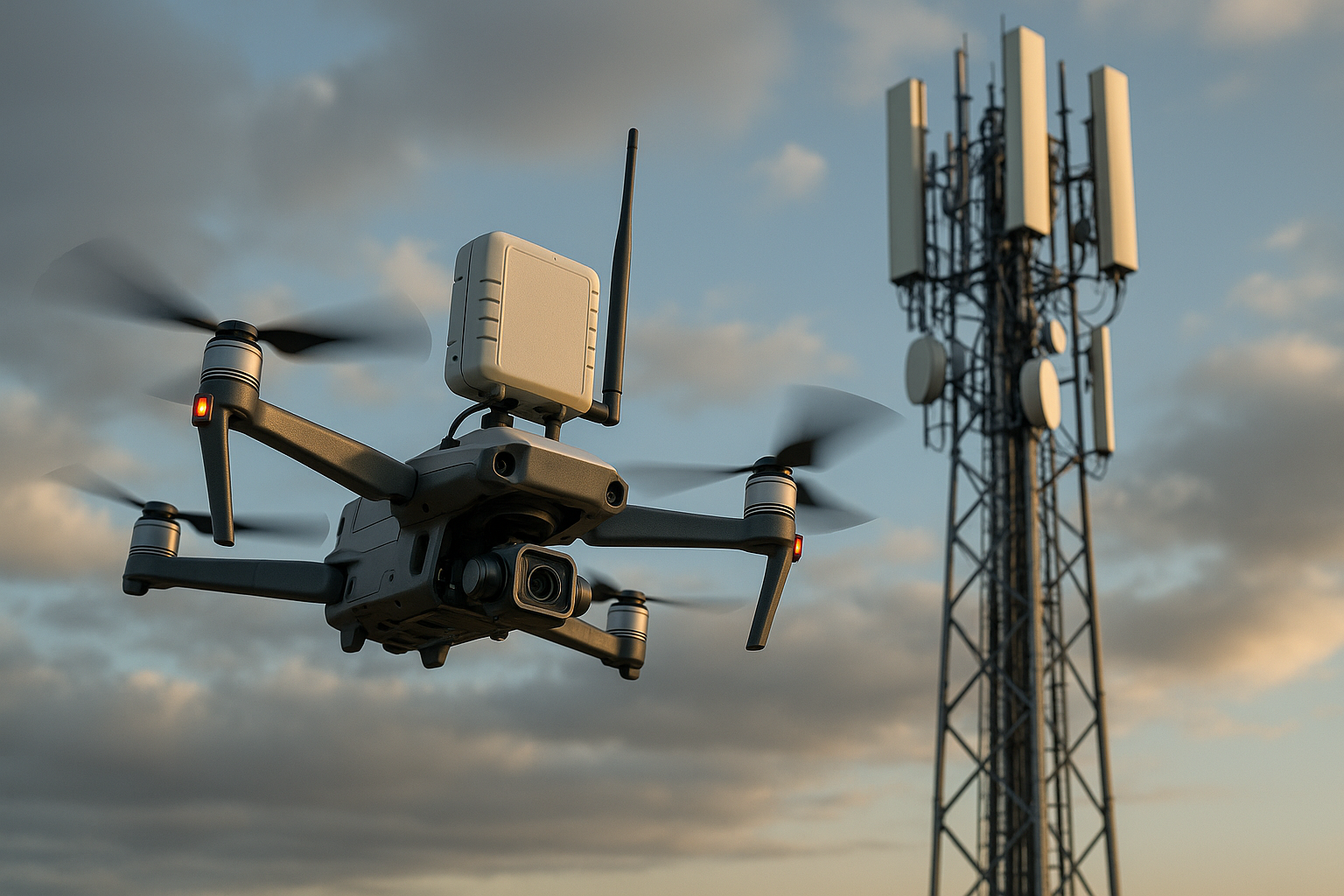Unraveling the Potential of Telecommunication Drones: A New Era of Connectivity
Imagine a world where drones are not just used for delivering packages or capturing breathtaking aerial views but also to ensure seamless connectivity. Yes, telecommunication drones are gradually making this scenario a reality. This article delves into the untapped potential of these buzzing machines in the realm of internet and telecom.

A Brief History of Telecommunication Drones
The idea of using drones for connectivity is not an overnight concept. The first commercial drone was launched in the early 2000s, but it took another decade for tech giants to recognize their potential in the telecom industry. Companies like Facebook and Google made the first move, launching projects like Aquila and Project Loon, respectively, aiming to deliver internet connectivity to remote areas using high altitude drones and balloons.
Telecommunication Drones in the Current Landscape
Telecommunication drones have gained momentum in recent years, especially in disaster-struck regions where network infrastructure is severely damaged. They offer a quick, flexible solution to restore connectivity, enabling crucial coordination for relief efforts. In addition, telecom companies are using drones for tower inspections, reducing the risks and costs associated with manual inspections.
The Impact and Challenges of Telecommunication Drones
Telecommunication drones hold immense potential to revolutionize the telecom industry. They can provide connectivity in remote areas, assist in disaster management, and improve network maintenance. However, they also bring along challenges like regulatory issues, security concerns, and technical limitations such as limited flight duration and payload capacity.
Practical Applications of Telecommunication Drones
Beyond the obvious application of providing connectivity in remote or disaster-hit regions, telecommunication drones also serve other practical purposes. They can be used for network optimization, where drones collect data to analyze network coverage and signal strength, resulting in improved service quality. Moreover, the integration of AI and machine learning can further enhance the capabilities of these drones, enabling predictive maintenance of network infrastructure.
Wrapping Up: The Future of Telecommunication Drones
Telecommunication drones represent a promising frontier in the telecom industry. However, their widespread adoption is contingent on overcoming regulatory hurdles, addressing security concerns, and making technological advancements. As we look forward, the fusion of drones with emerging technologies like AI and machine learning could usher in a new era of connectivity, defined by efficiency, flexibility, and inclusivity.
In conclusion, telecommunication drones are more than just buzzing machines. They are potential catalysts for a connectivity revolution, capable of bridging the digital divide and transforming the way we perceive and utilize telecom services.




